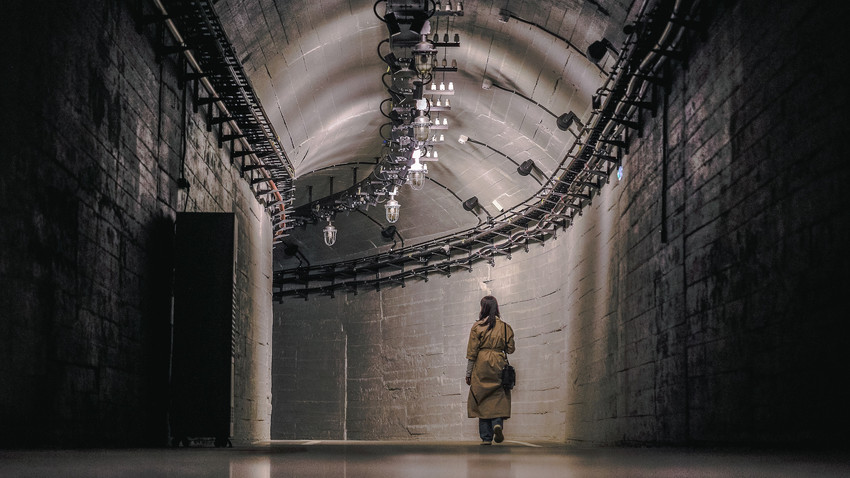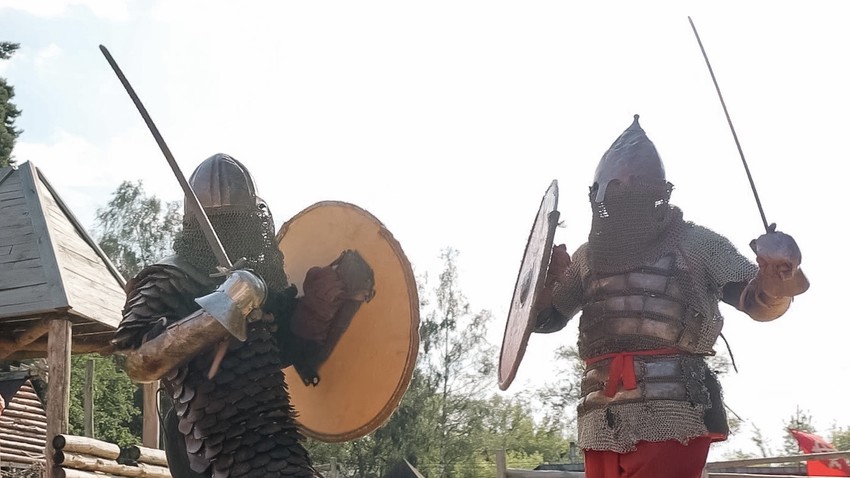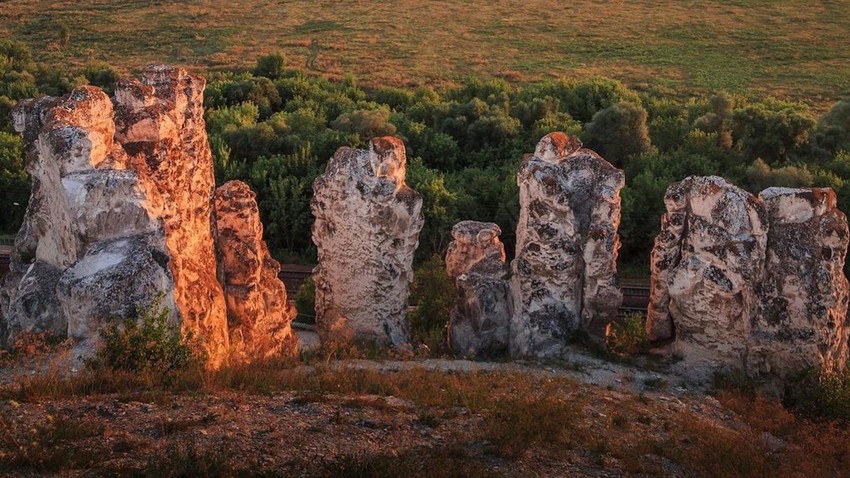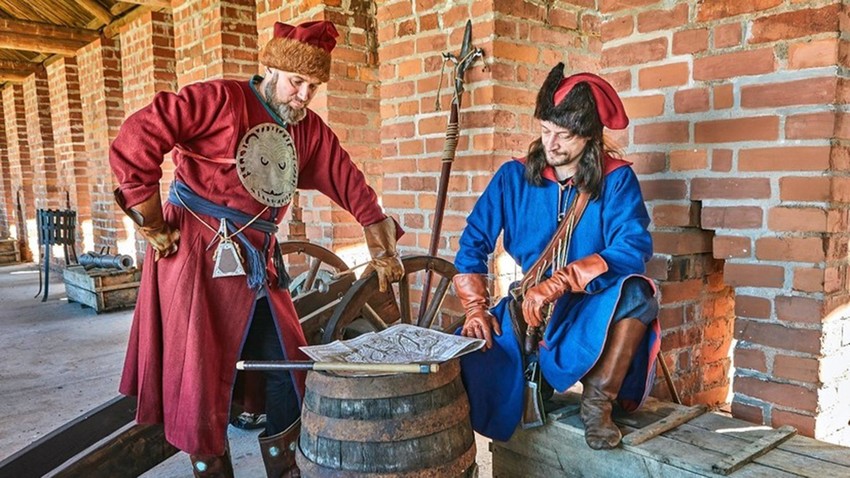Take a trip on a retro train
Karelia (Republic)
The doors of the electric German wheeled vehicle open and before us - the 20th century, lo and behold! Conductors wearing classic-style caps and strict uniforms check documents and direct to the correct seats. At some distance, the gray-haired train manager, leaning on a cane, importantly watches the train. He glances at his watch - the train should be leaving minute any minute now!
Thick steam spreads along the platform, hiding a huge black steam engine hissing in the distance - a real steam locomotive with a coal boiler. Inside, the driver and assistant are covered in perspiration and sweat: shoveling heavy coal inside a hot cabin is not for everyone.
An echoing “all aboard!” sounds from behind; after a hasty run up the cast-iron steps the magic begins again. Behind the entrance doors, we are greeted by carved furniture, a luxurious interior from floor to ceiling, symphonic music pouring from the speakerphones and hot tea in porcelain cups and saucers. A long whistle, a hissing noise from under the train and a gentle jolt mark the train’s departure. The platform is completely covered with dense steam – impenetrable to the eye. Next stop – Ruskeala!
How to take a trip on the retro train?
The first stop is St. Petersburg, which you can easily reach from anywhere.
Next up – Finlyandsky Railway Station near the Ploshchad Lenina metro station: Lastochka trains and the passing trains to Sortavala depart from this station several times per day – this is where we transfer to the retro train.
Check the up-to-date timetable of Lastochka trains and the Ruskeala Express retro train: as a rule, the retro train departs from Sortavala to Ruskeala Park twice a day, but, in summer, there may be more.
We strongly recommend you to purchase your tickets in advance on the Russian Railways website and choose the seats you prefer: sitting places in the cafe, compartment car seats or something else.
Allow yourself to be carried away by pleasant reverie and genuine curiosity. Remember what Russian playwright Leonid Andreyev wrote: “For the people in the train car, the present does not exist – that damned present that holds its grip over one’s thoughts and the movement of one’s hands – perhaps this is why people in the train car become philosophers.”
And now – Ruskeala!
The marble quarries of Ruskeala have a long history that began in the 18th century: the precious material was discovered there back then and eagerly exported to imperial Petersburg by the Neva River and Lake Ladoga. Four types of local marble adorn Saint Isaac’s Cathedral and Peter and Paul Cathedral, as well as Tauride Palace, Marble Palace, Roman Fountains of the Peterhof Palace and other splendid buildings. In Soviet times, local marble was used to decorate several stations of St. Petersburg Metro.
However, back at the end of the previous century, Italian experts, invited for mining operations in the quarries, disappointed the Russians and were left disappointed themselves: the surface layers of rock appeared to be too porous and brittle and the durability and reliability of the Ruskeala marble left much to be desired. Ignorance of this fact back in the 18th century now creates many problems for modern restorers.
On the other hand, the deposits of this beautiful striped stone have become a magnet for lovers of majestic photo shoots.



